Tabletop Light Fastness Tester TF421
Tabletop Light Fastness Tester is a powerful Xenon instrument with an affordable price for conducting accelerated tests of light fastness and photostability test. TESTEX is an experienced Tabletop Light Fastness Tester manufacturer in the industry and currently sells its products to more than 60 countries and regions worldwide.
Description
Application
Tabletop Light Fastness Tester is a powerful xenon instrument with an affordable price for performing accelerated lightfastness and light stability tests. Besides, the tabletop light fastness tester is designed as a tabletop unit with a microprocessor controller for easy operation. Moreover, the instrument is mainly applied in textile testing, such as cotton, woven fabric, and knitted fabric.
Testing Principle
Colorfastness to light is the firmness degree to which the color of textiles is under the exposition of sunlight or simulated sunlight. The test of color fastness to light: arrange the sample with a set of blue wool standards samples (8 pieces) in a prescribed manner at first. Then cover a part of the specimen and the blue standard sample with an opaque covering in the prescribed proportion.
Expose the samples under specified conditions such as not being exposed to rain, etc. When the color difference between the exposed and unexposed parts of the sample is equal to a certain level of the discoloration gray card, or the color change of the specified blue standard sample is equivalent to a certain level of the discoloration gray card, stop the sun exposure. Finally, remove the cover, and place the sample and the blue standard sample in the dark for 4H. Then we can evaluate the colorfastness level of the textile with the specified light source.
Specifications
- Record the use time of the xenon lamp.
- Specimen table with 200 x 280 mm exposure area.
- Setting and displaying the cumulate light energy and exposure time.
- Microprocessor control with large LCD displays data and irradiance wave-length curve.
- Air-cooled xenon lamp with 1.5 KW measure, irradiance (420 nm): 1.1 W/m²/nm.
- Measure and control the temperature relative humidity of the test chamber, and display it on a large LCD.
Accessories
| Standard Accessories | Optional Accessories |
| Specimen holder | AATCC blue wool specimen L2-L9 |
| Filters | AATCC color gray card |
| Xenon lamp | Xenon lamp |
| Water tank |
Weight
| 50 kg |
Power
| 220 V | 50 Hz | 4 KW |
Dimensions
| Length: 800 mm | Width: 500 mm | Height: 470 mm |
Standards
| ISO 105-B02: 2014 Methods 3 & 4 | GB/T 8427 Method 3 and 4 |
Welcome to TESTEX – a professional textile testing instrument supplier – Tabletop Light Fastness Tester is on sale, contact us to get a detailed price quote.
4 reviews for Tabletop Light Fastness Tester TF421
You must be logged in to post a review.
The factors affecting the sunlight fastness of the material 1 the structure of dyes
Generally speaking, anthraquinone dyes and phthalocyanine dyes have relatively strong sunlight fastness. Besides, most insoluble azo dyes also have higher sun fastness while aniline-typed azo has weak sun fastness. And triarylmethane is not sun resistant.
2 the type of fiber
There is also a great difference between the same dye but made of diverse fibers. For example, indigo in wool can be resistant to sunlight while the sunlight fastness on cellulose is very low.
3 the dye concentration
The sun fastness of the same dye in the same variety of fibers will change with changes in dye concentration. Generally speaking, the dye with low concentration has a higher fastness than that with low concentration, especially for the azo dyes.
4 the influence of external conditions
Air moisture content and the degree of temperature also have a great impact on the sunlight fastness. Generally speaking, sunlight fastness is weaker in an environment with high moisture content. For example, vanilla blue is more prone to red fade in the south than in the northern region.
5 additives
Now there are a lot of additives that can effectively improve the sunlight fastness.
Comparison Standard Substance
According to the AATCC 16 standard, the AATCC blue wool standard samples are the first choice for all testing procedures. However, for different test procedures, the fading degree of the AATCC blue wool standard samples may be inconsistent.
In the experience of known discoloration, any suitable textile material can be used as reference material. The reference material must be selected and confirmed by both partners and exposed to the sun at the same time as the test sample.
Sample Preparation
In general, the test requires at least 3 identical sample and comparison standards to ensure the accuracy of the data. Cut the sample according to the size requirements and the warp/weft of the fabric, and mark each sample with a durable label. Fix the sample and the reference object in the frame to ensure that their surfaces are the same distance from the light source, and prevent the sample from pressing too tightly on the surface when the cover is used.
Test Method
The standard method for testing the light-color fastness has the following three methods: the sunlight experiment method, the xenon arc lamp test instrument method, and the carbon arc lamp test instrument method. The sunlight method is closest to reality, but it is difficult to adapt to modern production management because of its long test period and inconvenient operation. Therefore, the latter two methods, which are less time-consuming and easier to operate, are often used in practical work. Although the artificial light source used by the latter two methods is close to the sun, the results of the test will be affected because of the difference between the spectrum of the light source and the difference of the spectra of the various light sources. In case of any dispute, still, take the sunlight method as the mainstay.
What are the methods for testing the colorfastness of the fabric? Through this article, I think you might have gotten some information. If you want to know more, please contact us. As a professional supplier of textile instruments, we are committed to continually improving the user experience, TESTEX Textile Testing Equipment is a reliable choice for testing textile quality.
[contact-form-7 id="16355" title="Inquiry"]
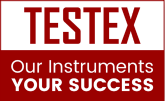
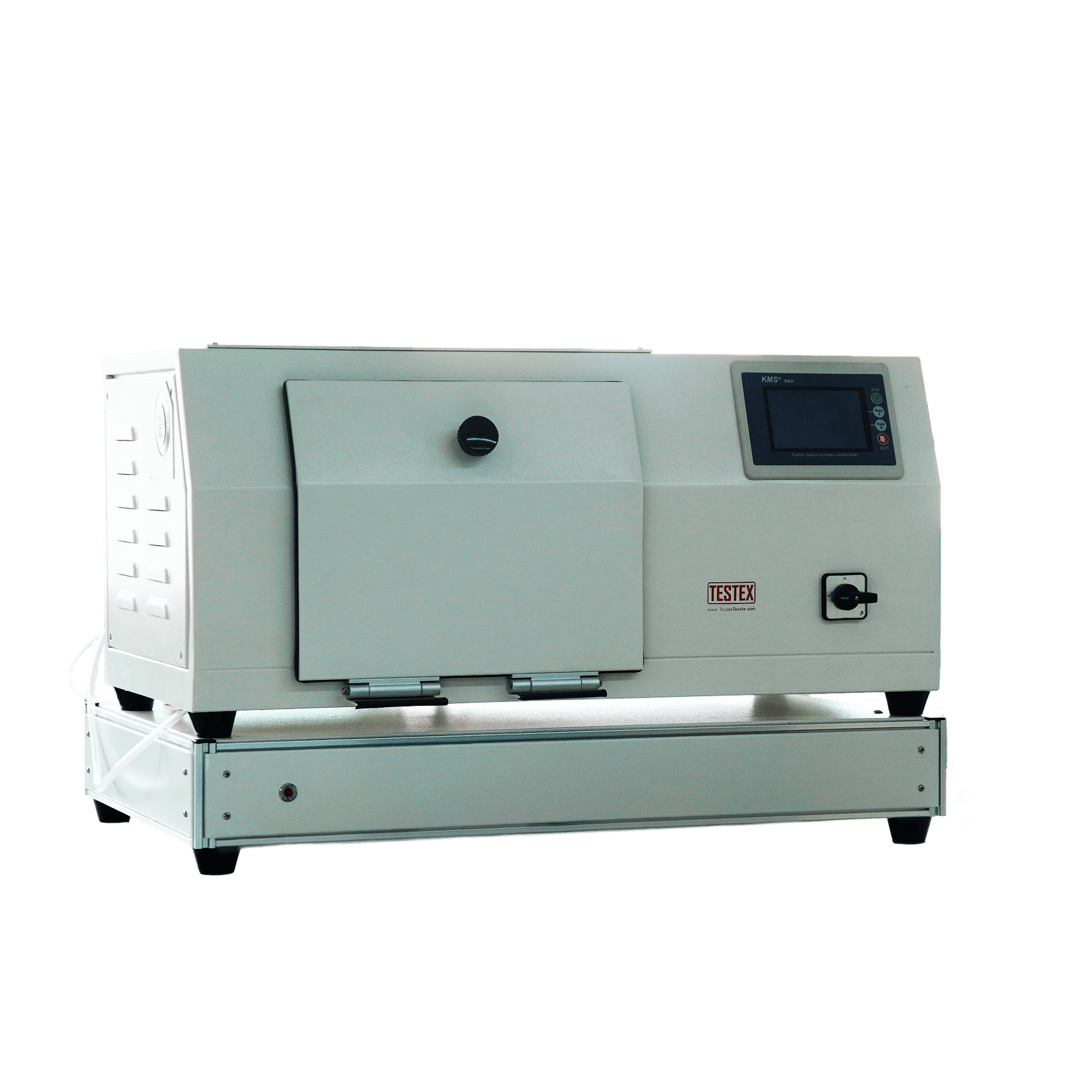
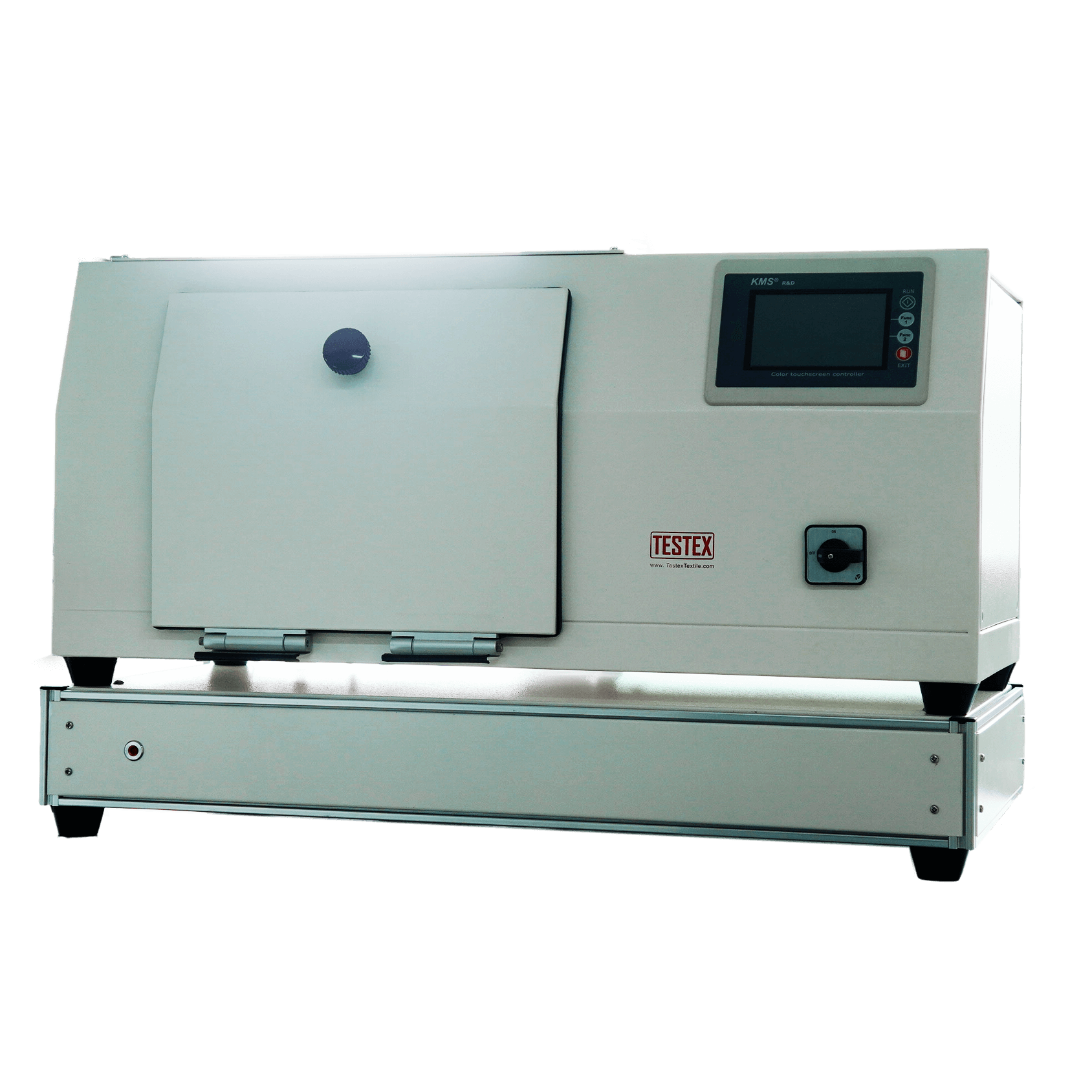
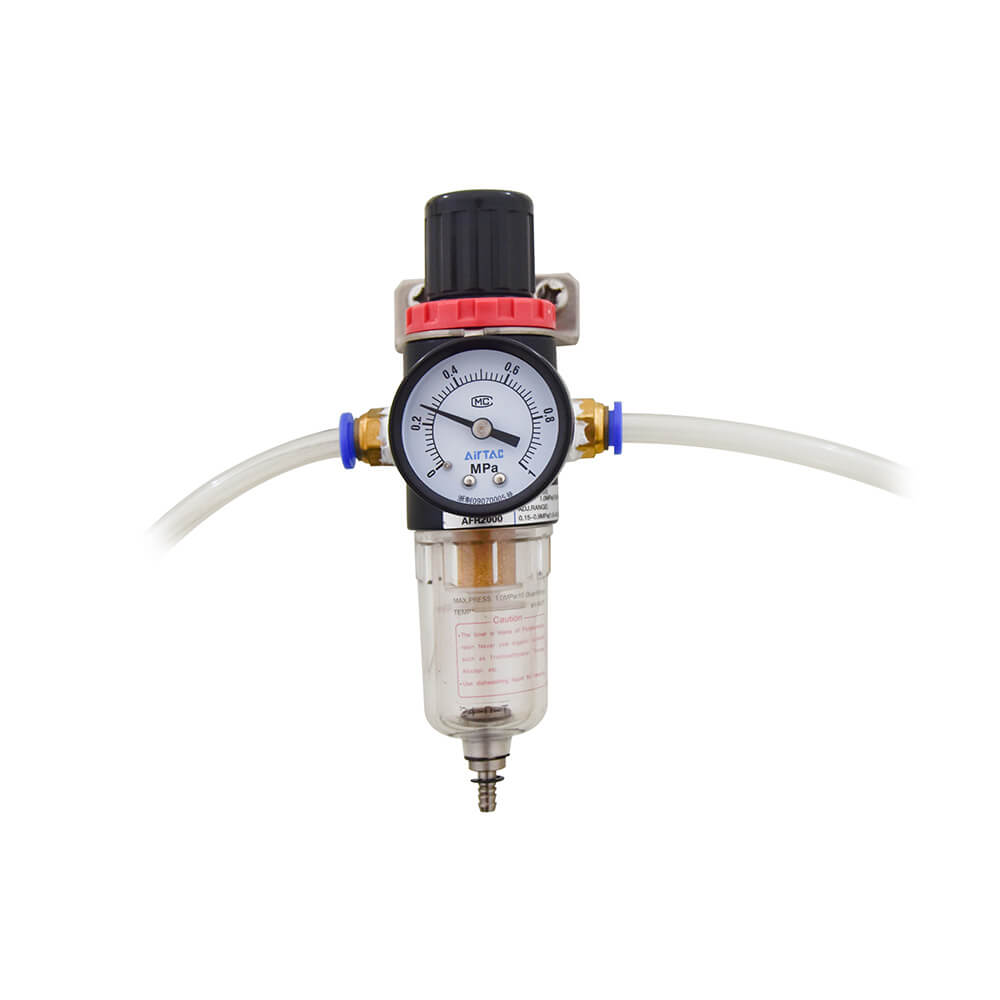

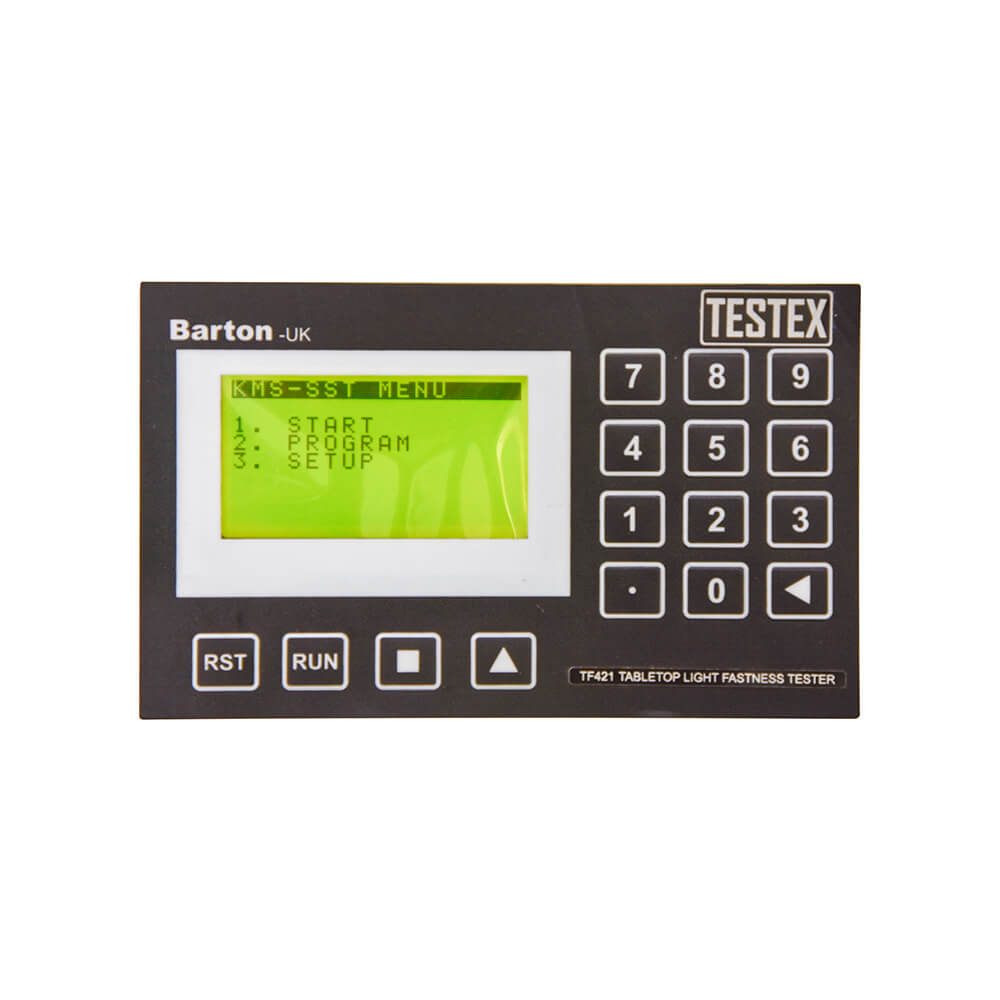
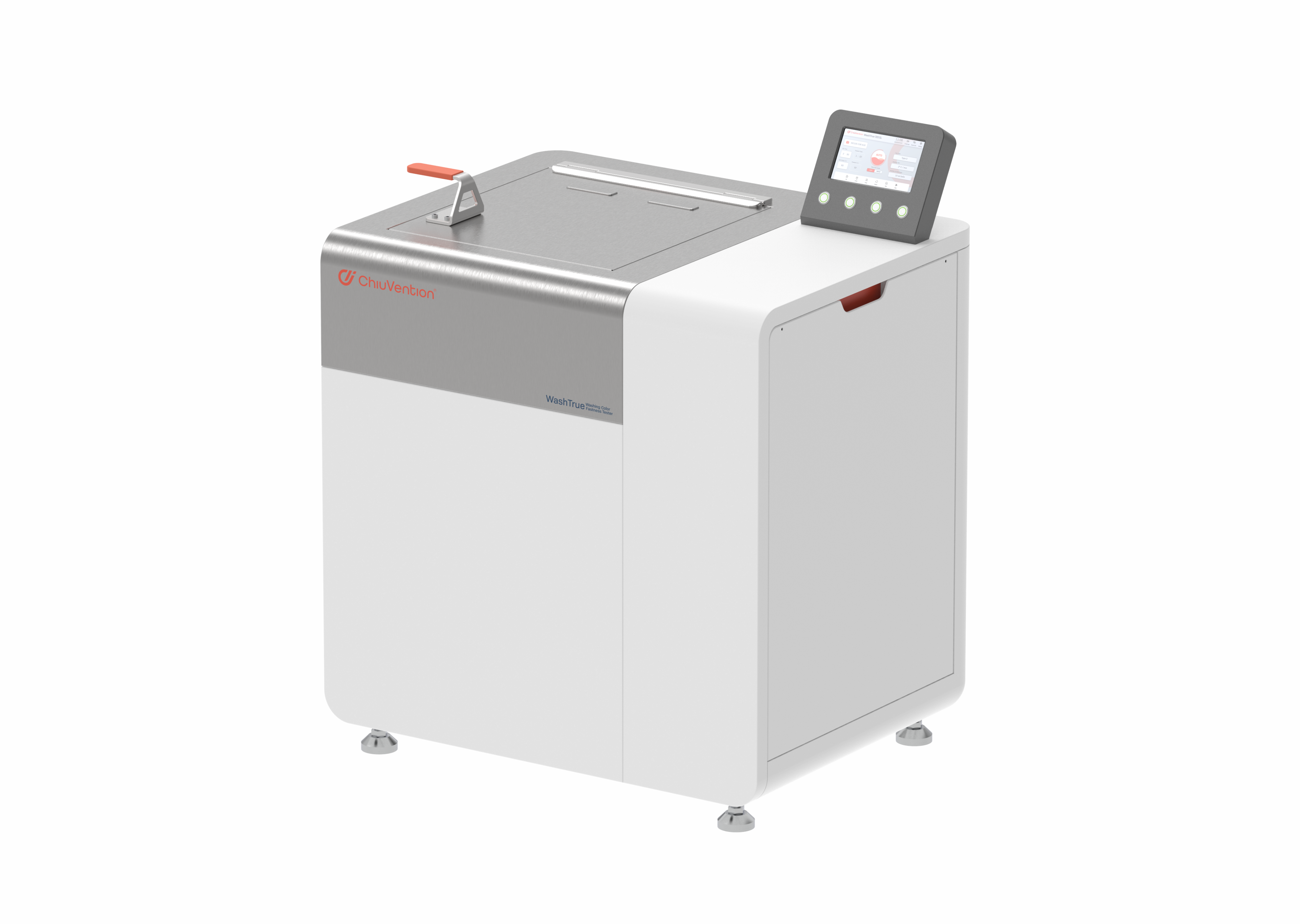

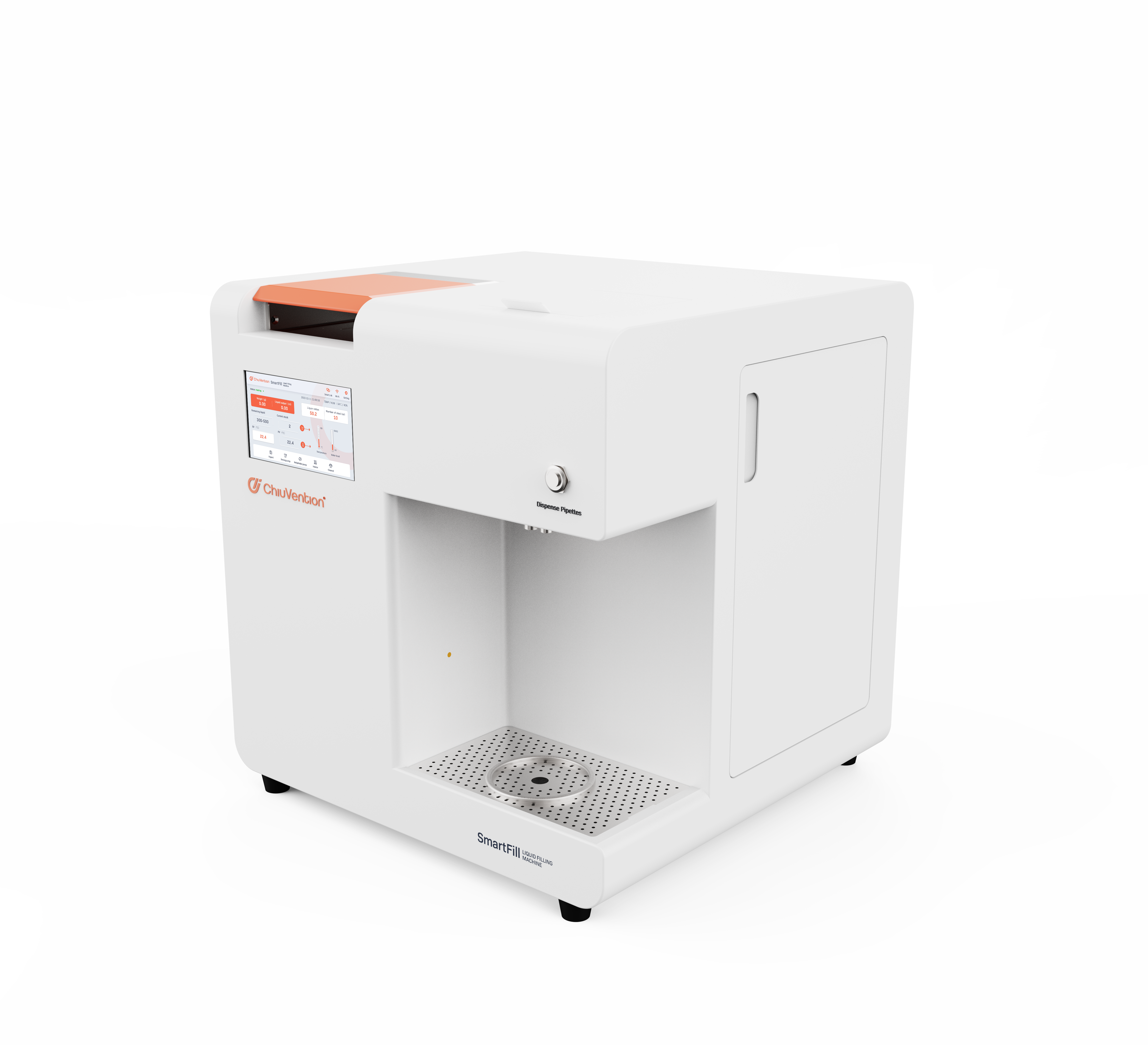
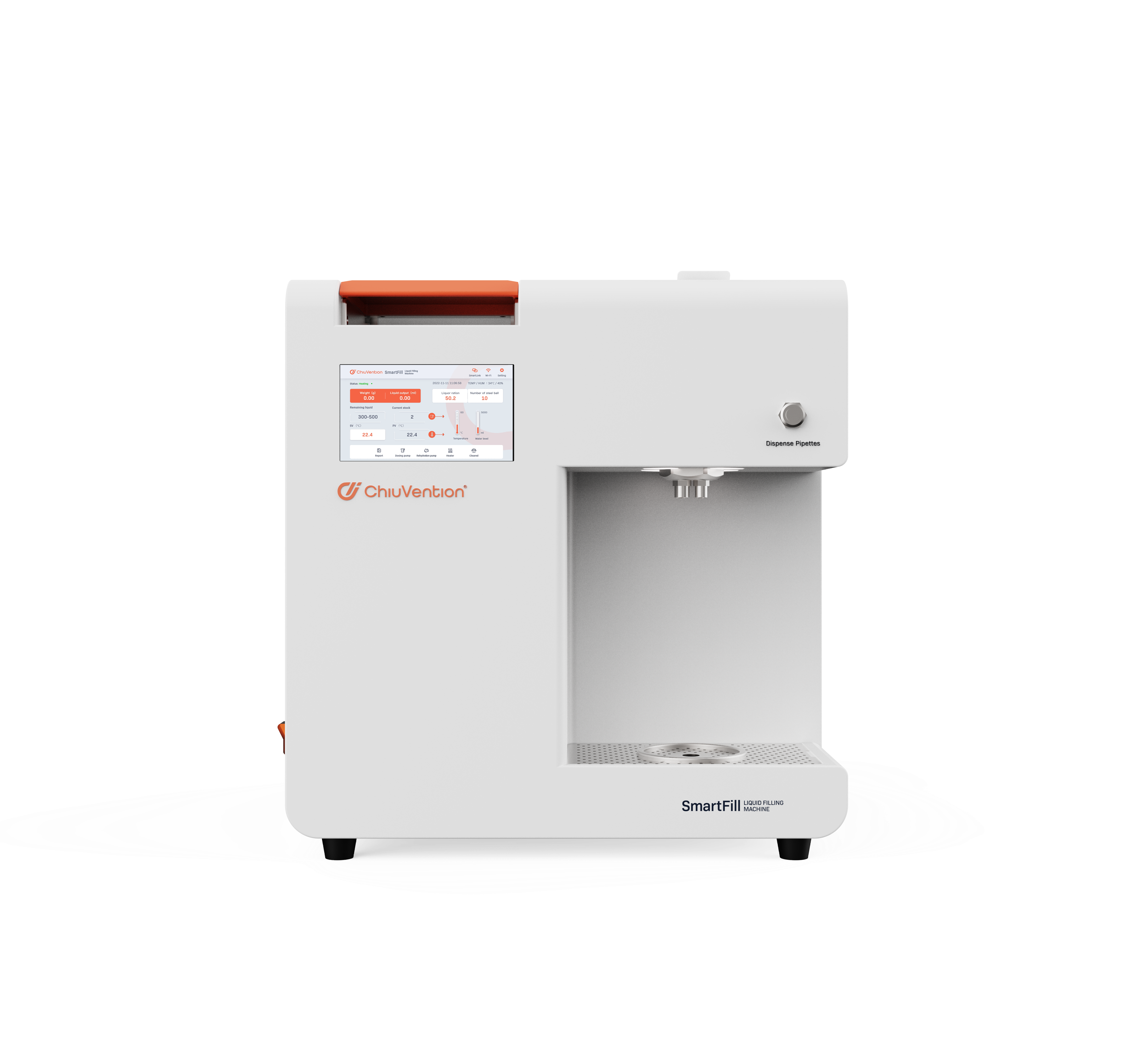
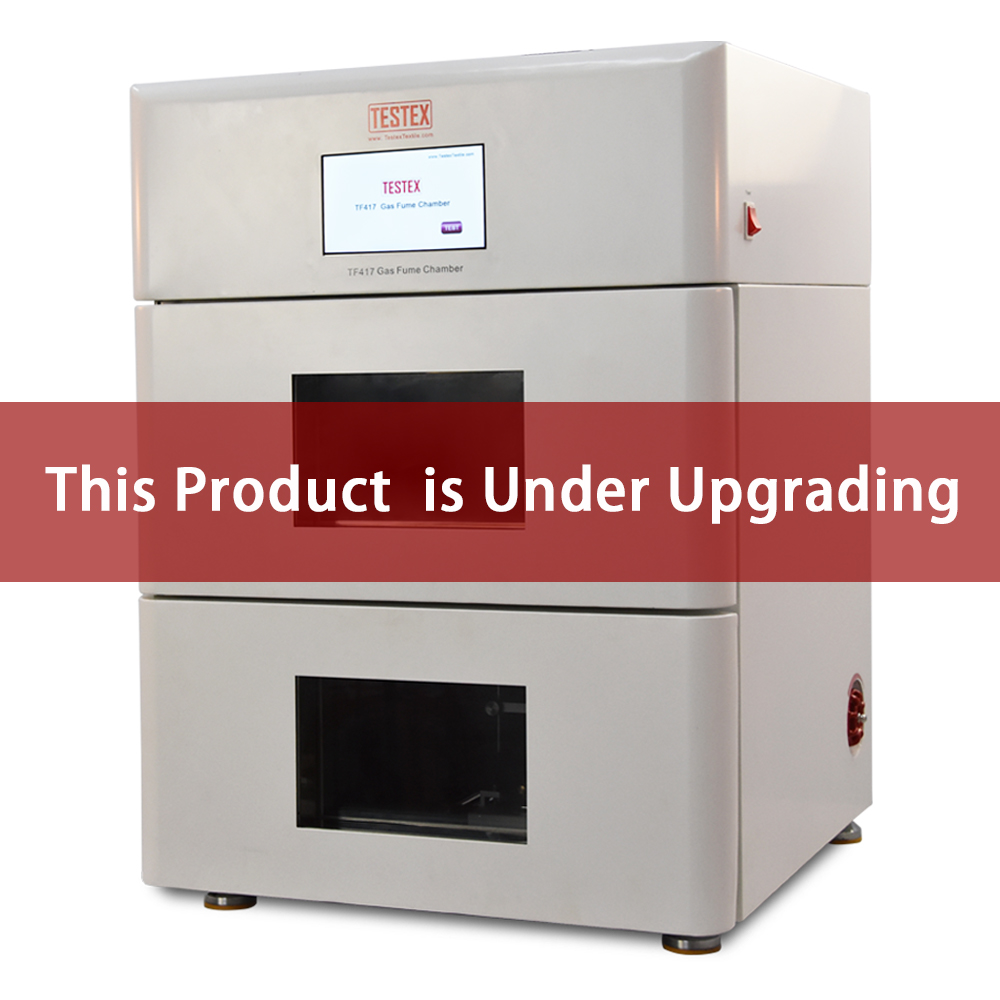
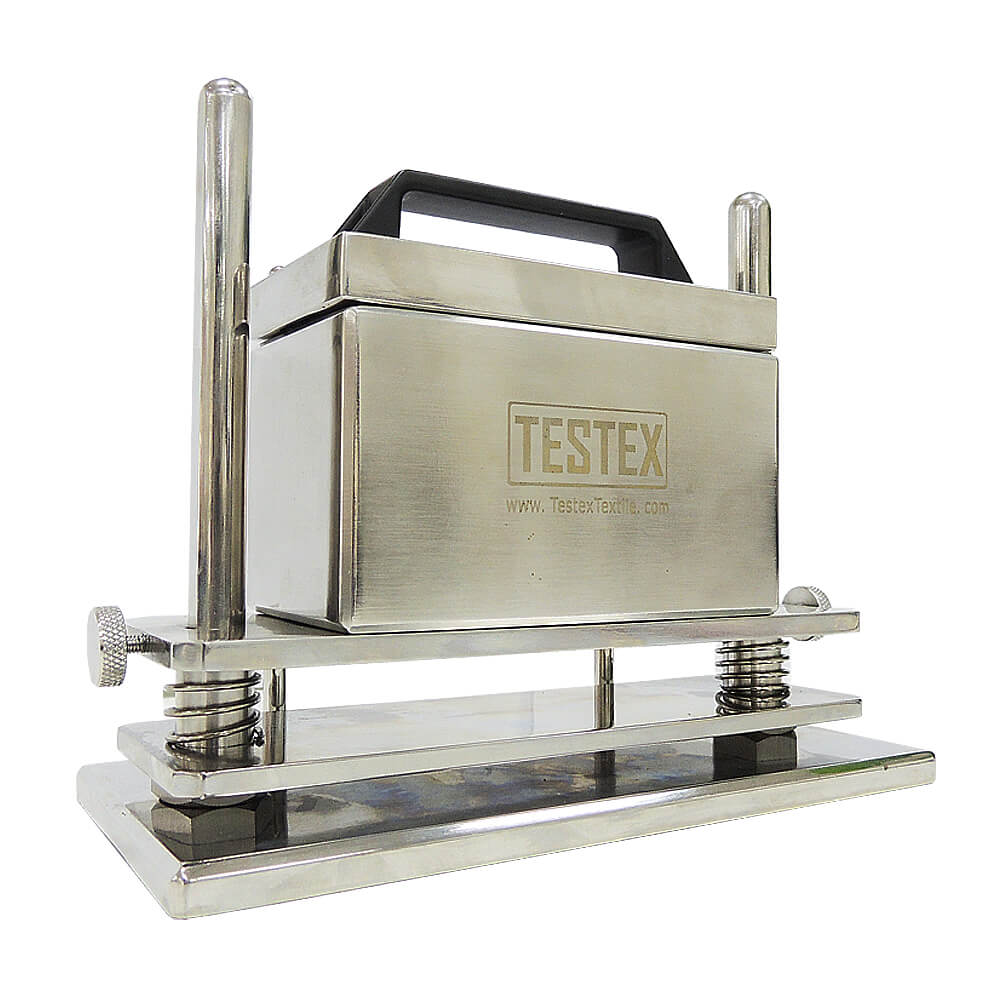
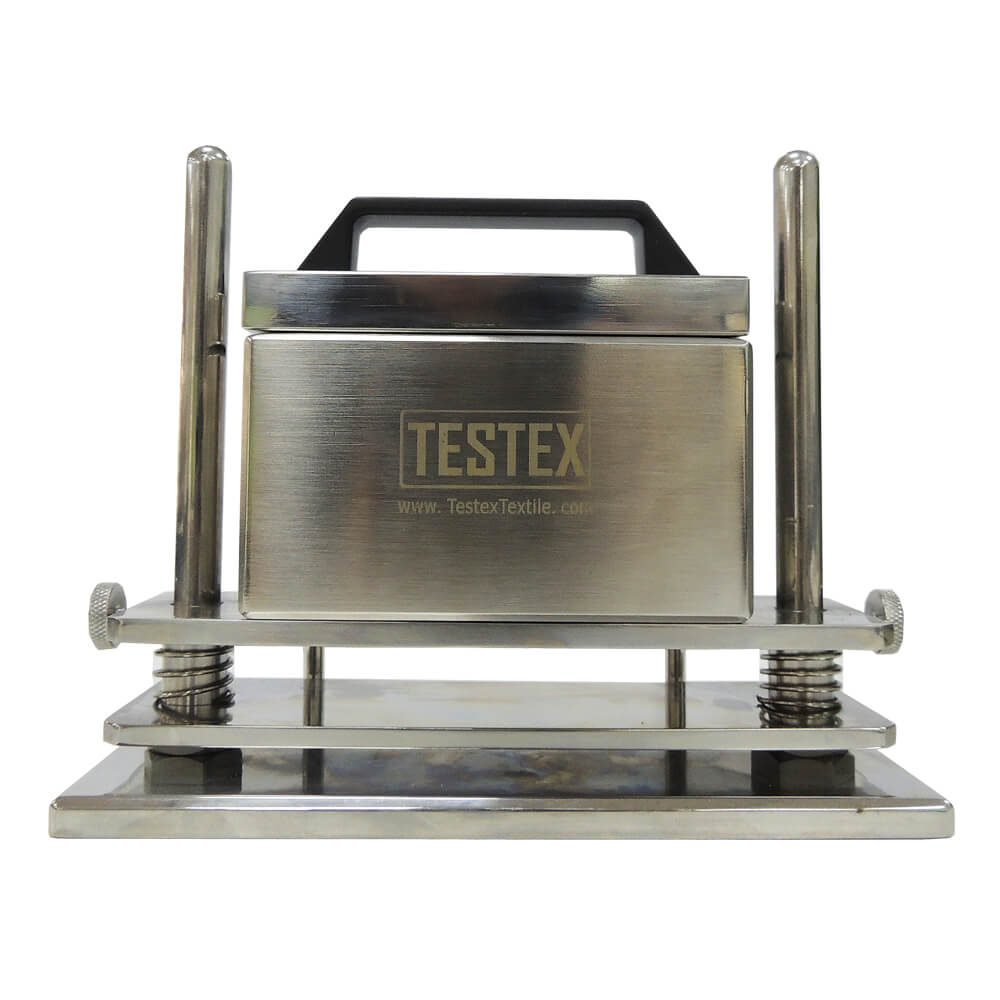
james –
very good alternative to large lightfastness testing chambers
Patricia Agnes –
Looks good great price thanks
Lawrence Leonard –
Absolutely fantastic! Great performance.
Wright Cooper –
We just started using this and so far its worked great.